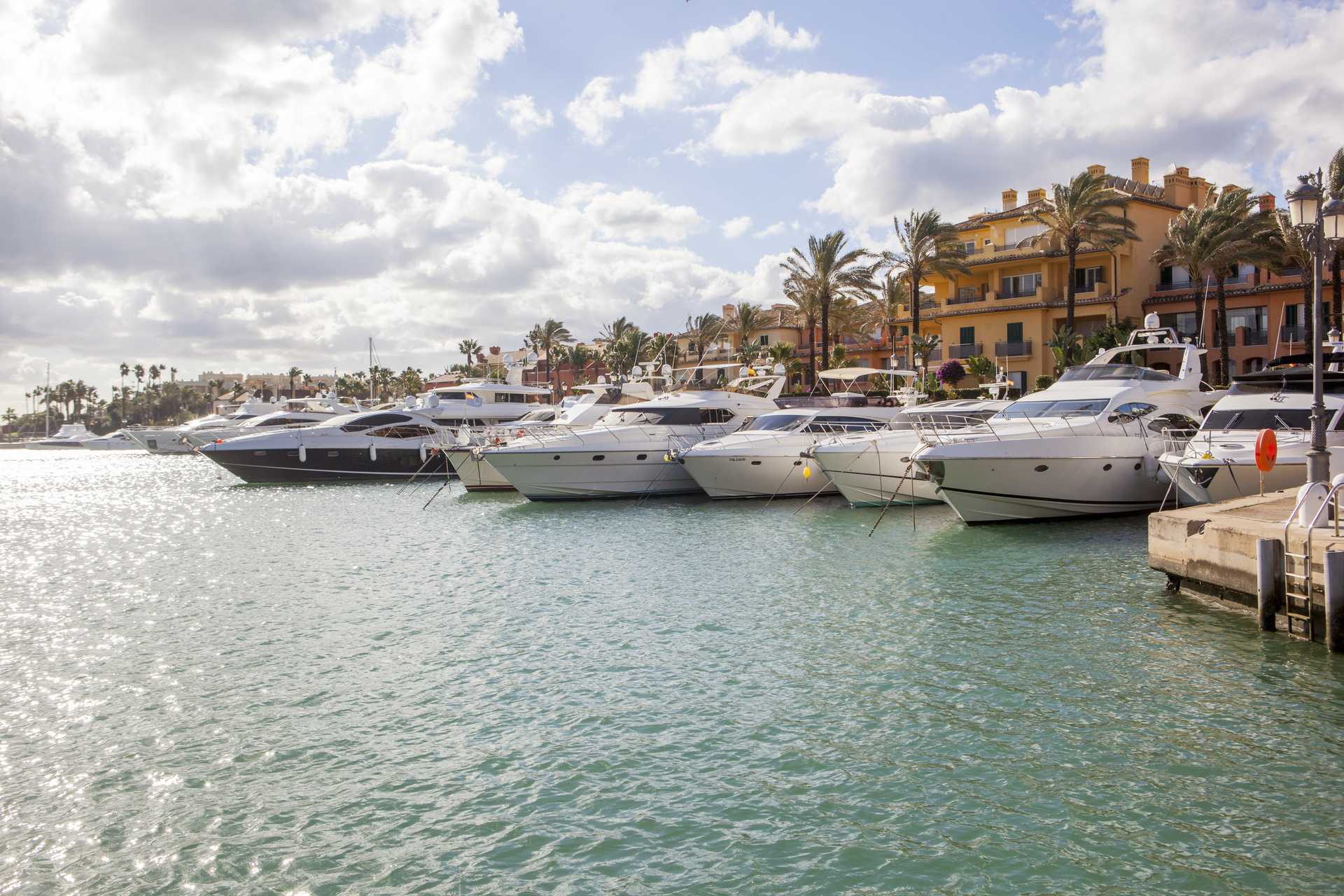San Roque

The origins of the present-day town lie in the loss of the Gibraltar in 1704, whereupon some of the Rock's residents settled on a small hill where a chapel stood in honour of San Roque.
The old town has been declared to be of Historical and Artistic Importance and its highlights are Saint Mary's Church, Saint Philip's Oratory and San Roque Chapel itself.
Near the Town Hall there is the Mirador Poeta Domingo de Mena, with panoramic views of the district, the Rock of Gibraltar, Ceuta and North Africa.
History
A number of ancient cultures have passed through the site of present-day San Roque: Iberians, Phoenicians, Carthaginians and Romans all left their mark. Carteia, Spain's first Roman colony founded in 171 B.C., was located here, on the site of a town with an important sea port.
It was occupied by the Moslems from the time they invaded the peninsula until the conquest of the kingdom of Granada in 1462.
The so-called "Very Noble and Most Loyal City of San Roque, Gibraltar in Exile" was officially founded in 1706. In spite of the fact this typical white-washed town was established by the Spanish inhabitants of Gibraltar on 4th August 1704.
The foundation was a historical event of enourmous significance: a powerful Anglo-Dutch fleet, commanded by Admiral Rooke took the Fortress of Gibraltar and hoisted the Union Jack during the Spanish War of Succession.
Five thousand proud Spanish Gibraltarians rejected the British offer to remain in the city, leaving in mass. They settled on this hill where the old Saint Roque Shrine, built in 1508, was situated, overlooking the usurped city.
The inhabitants of the Rock brought their most precious belongings with them as well as their priceless relics. Examples of the legacy of Spanish Gibraltar are proven by the Standard of Gibraltar (1502), which is said to have been embroidered by Juana la Loca (Joan the Mad), or the Royal Warrant (1502) granted by the Catholic Monarchs in which the city was given its titles, authorities and coat of arms. In addition, Saint Mary the Crowned Church houses numerous religious images from the 15th until 17th Century which were also brought from Gibraltar. The Rock's church records from 1556 until 1704 are preserved at the temple as well. The Historical Archives contain the municipal records from Gibraltar City Council from 1502 until 1704.






















